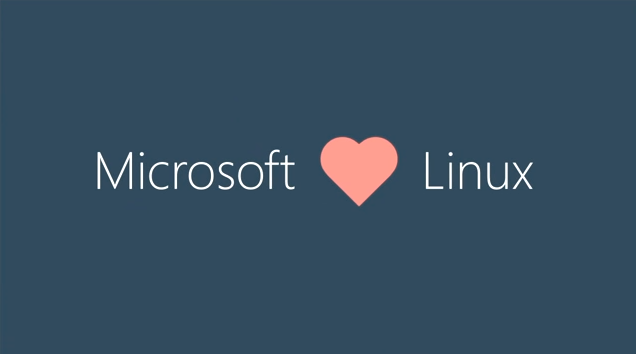
In San Francisco today, Microsoft CEO Satya Nadella said something that was more than a little surprising: Microsoft loves Linux. The operating system once described as a "cancer" by Nadella's predecessor, Steve Ballmer, is now being embraced with open arms (if not extended), at least when it comes to Redmond's Azure cloud platform. Nadella told us that some 20 percent of VMs on Azure use the open source operating system.
The San Francisco event served a dual purpose. First, it was an opportunity for Microsoft to tell the world just how much Azure had grown—Microsoft may not have been first to the cloud computing scene, but a ton of investment and development means that the company is now credible, and, if Gartner's magic quadrants are to be believed, world-leading. Second, the event served to introduce new features and partnerships.
Microsoft's major sales pitch for Azure is essentially a three-pronged argument that Microsoft is the only company that can really do cloud right.
The first prong is size. Microsoft has the money for "hyper-scale" deployments. Two new Australian regions are coming on line, taking Azure up to 19 in total. This is twice as many as Amazon's AWS platform, three times as many as Google. Each region sports about 600,000 servers, for a grand total of more than 11 million. Last year's capital expenditure on Azure was $4.5 billion—meaning that functionally, only Microsoft, Amazon, and Google can compete at this scale.
Announced today were a new series of virtual machine types that offered not just the scale out that cloud is known for, but also scale up. The G-series instances offer up to 32 Xeon cores, 450 GB of RAM, and 6.5 TB of local SSD storage. Azure also has a new premium storage facility, offering up to 32 TB of storage per virtual machine, capable of sustaining more than 50,000 IOPS, with a sub-1 ms read latency.
The second prong is being "enterprise grade." What does this mean? If you want to run Oracle or Java apps on Azure, that's supported by Oracle—and it's the only non-Oracle cloud option that Oracle supports. If you use Hadoop, MongoDB, Cassandra, they're all supported. Azure offers a range of Linux distributions with enterprise support.
Today, Microsoft announced a new partnership with Hadoop vendor Cloudera. As well as letting customers build map-reduce systems on Azure machines, the Cloudera support includes integration with Office 365, enabling PowerBI and Excel users to pull data directly from their Cloudera deployment.
Cloudera is going to be one of the many services that will be offered in a new Azure Marketplace, where third parties can sell virtual machines, applications, and services, all for the Azure platform.
The final prong is hybridity. Microsoft has a long tradition of offering server software to the corporate datacenter, both on- and off-premises. To a large extent, the company's cloud offerings can be used in a mix-and-match way with on-premises systems; local machines can authenticate against Azure Active Directory, on-premises servers can fail over to Azure instances, and so on and so forth.
These are being joined by the Microsoft Cloud Platform System; a combination of hardware and software that offers, essentially, "Azure in a box." The systems, initially offered by Dell, will include all the servers, networking infrastructure, and software to let companies build their own Azure-like clouds, hosted on-premises.
Microsoft has wanted to offer Azure appliances in the past. A 2010 collaboration with Fujitsu, Dell, and HP was quietly terminated. The company says that there are two major differences between then and now. The scale of those old appliances was too big—four racks, thousands of nodes—for many buyers, making the appliances only attractive to the very largest of organizations. The limited functionality of Azure was also an issue; in those days there were no virtual machine instances, for example.
The new appliances are smaller—the increment now is a single rack, not four of them—and have grown in capability to match Azure's greater capabilities.
Other companies can offer parts of what Microsoft has to offer with Azure, but its breadth of offerings—and in particular, its hybrid capabilities—seem legitimately to be both unique and valuable. The investment seems to be paying off for Microsoft; its annual run rate is $4.4 billion (it's fair to say that the endeavor isn't even close to profitable at this stage), and it's adding more than 10,000 customers a week. It's not so long ago that the company was boasting of having 30,000 customers on the platform in total.
reader comments
150